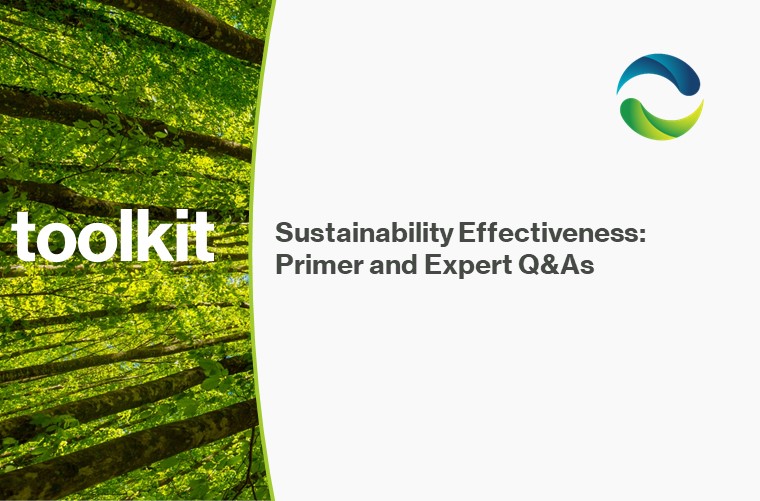Hydrogen’s profile as a viable fossil fuel replacement has fluctuated over the past few decades, but new developments signal the energy source’s rising role in the pathway to net-zero emissions. The latest positive advancement for hydrogen proponents came on August 22nd, when Marsh, the world’s leading insurance broker and risk advisor, announced a new insurance and reinsurance facility to provide dedicated capacity for blue and green hydrogen projects. This global-first facility will supply up to $300 million of cover per risk for hydrogen projects in construction and start-up phase worldwide, allowing for greater private sector investment in clean hydrogen.
Backing up, let’s examine the basics of hydrogen and differentiate between the three main forms of hydrogen energy: gray hydrogen, blue hydrogen, and green hydrogen. Hydrogen is the earth’s most abundant element and can be turned into fuel after it is split from other elements via several energy-intensive processes.
Gray hydrogen is the “dirtiest” form, with a carbon footprint that often matches or exceeds that of fossil fuels. Gray hydrogen is produced by mixing methane (the primary element in natural gas) with steam at a high temperature to produce hydrogen and carbon dioxide. For every one kilogram of gray hydrogen produced, almost ten kilograms of carbon dioxide is released.
Blue hydrogen is a lower carbon option but is not without its criticisms. Blue hydrogen is produced through the same process as gray hydrogen, but its carbon dioxide byproducts are captured and stored. While the carbon footprint of blue hydrogen is much smaller, carbon capture and storage (CCS) is costly and requires so much power that it can negate the emissions reductions it avoids. As a result, this energy form is not considered to be net-zero when its full life cycle carbon footprint is considered.
Green hydrogen is the least carbon intensive option and is viewed by many to be the only clean form of hydrogen energy that can be a pathway to decarbonization and net-zero emissions. Green hydrogen is produced via electrolysis of water, a process by which electricity splits water molecules into hydrogen and oxygen. Since renewables are used to power electrolysis for green hydrogen production, it generates no emissions and operates as a closed loop. However, as of 2021, green hydrogen only made up about 0.1% of all hydrogen produced, largely due to the high cost of electrolysis equipment and limited supply of renewable energy to power its production.
Marsh’s offering of insurance and reinsurance coverage for blue and green hydrogen will allow more investors to back clean hydrogen development, share risk with trusted insurance providers, and bring clean hydrogen production timelines forward. In addition to a projected US $300 billion in private investment into clean hydrogen, governments around the world have committed US $37 billion into development and supply increases. In the US, the recent Inflation Reduction Act’s hydrogen production provisions signaled policymakers’ commitment to scaling clean hydrogen production. The law creates a ten-year incentive for the production of clean hydrogen, with the maximum credit ($3 per kilogram) given to hydrogen produced with renewables and nuclear energy. The law also makes CCS technologies more accessible for those producing blue hydrogen.
What does this all mean for business leaders? While the applications for clean hydrogen are not as widespread as other renewables like solar and wind, hydrogen will be key for the decarbonization of heavy industry and other hard-to-abate sectors. Heavy industry makes up 40% of global emissions, and many industrial processes require extremely high heat combustion that most renewable energy forms can’t meet—hydrogen can. A highly anticipated green steel plant in Sweden that will produce the world’s first carbon-free steel will use hydrogen, and plants producing cement, ceramics, and glass are also exploring options to use low-carbon hydrogen. On the transportation front, hydrogen fuel cell vehicles are growing in popularity, particularly for long-haul trucking, and several pilot programs for hydrogen-fuel cell usage in rail, shipping, and aviation demonstrate that hydrogen can succeed in these hard-to-abate sectors.
Any company that relies on the aforementioned materials or any long-haul shipping and distribution in their supply chain should keep an eye on the development of green hydrogen capabilities and monitor the ways that hydrogen will draw down stubborn Scope 3 emissions. While our current takeaway might be “wait and see”, the massive influx of global investment and the position of reputable institutions on clean hydrogen’s prospects signals that clean hydrogen will have a big role to play in the pathway to net-zero.




